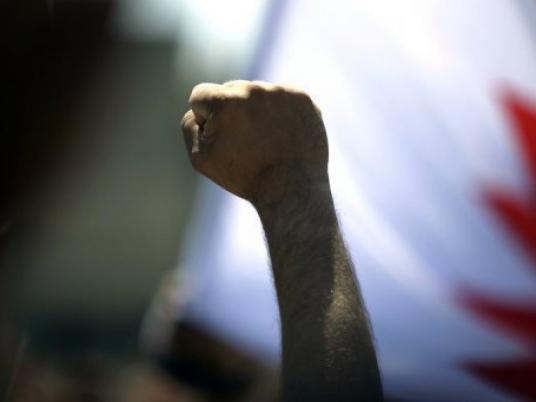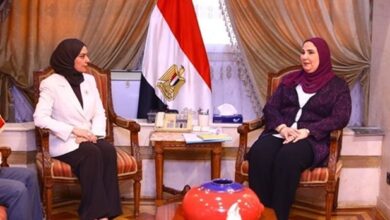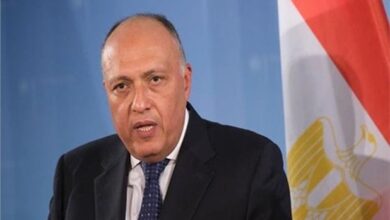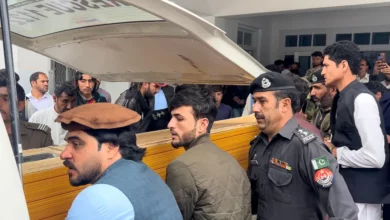
Bahraini security forces killed a teenager and injured dozens more protesters on Thursday, an opposition website said, during clashes on the second anniversary of an uprising to demand democratic reforms in the US-allied Gulf Arab state.
Several hundred demonstrators, mostly youths from largely Shia villages, blocked roads around the capital Manama and hurled stones and fire bombs at police, who responded with birdshot and tear gas, witnesses said.
Security forces confirmed they had fired warning shots at the crowds and one young man had been killed in the protests, which began in the early morning and lasted almost all day.
The clashes were the most violent in recent months and could mar talks that began on Sunday between mostly Shia Muslim opposition groups and the Sunni-dominated government to try to end political deadlock in Bahrain, which is home to the US Fifth Fleet.
Bahrain has seen almost daily demonstrations in the run-up to the anniversary of the revolt, which has put the kingdom on the front line of a region-wide tussle for influence between Shia Muslim Iran and Sunni Arab states such as Saudi Arabia.
Mass protests that erupted in February 2011 at the height of the Arab Spring were crushed, but small demonstrations demanding greater rights for Bahrain's Shia majority and an end to the absolute power of the Sunni ruling family have continued.
Bahrain's chief of public security, Brigadier-General Tariq Al Hassan, said police had fired warning shots on Thursday to disperse a crowd that had attacked them with fire bombs, stones and iron rods, injuring several, some seriously.
"Officers discharged birdshot to defend themselves. At least one rioter was injured in the process. A short time later, a young man was pronounced dead at Salmaniya Medical Center," he said in a statement.
He said several members of the force involved in the incident were being investigated to determine the circumstances of the death.
The main opposition group Wefaq named the youth was Ali Ahmed Ibrahim al-Jazeeri, a 16-year-old Shia, and said he had been killed in the village of Diya, near Manama.
‘Dozens’ hurt
It said dozens of others had been hurt, some seriously, and posted pictures of casualties, including a photograph of the dead youth with bandages on his abdomen.
Wefaq said there had also been a confrontation on Sitra island, south of Manama.
"Large numbers of armored vehicles, police cars and buses, convoys of military vehicles and troops deployed in the areas … to face the peaceful protests demanding freedom and democracy," it said.
The state news agency BNA said masked people had forced a number of schools to close down and chained their doors shut to prevent students and staff getting in.
A spokesman for EU foreign policy chief Catherine Ashton said news of the protester's death was "disquieting.”
"We call on all parties to exercise restraint, avoid provocations, and reject violence, especially during the demonstrations today," he said.
An international inquiry commission said in a November 2011 report that 35 people had died during Bahrain's uprising. The dead were mainly protesters but included five security personnel and seven foreigners. The report said five people had died from torture. The opposition puts the death toll at more than 80.
Bahrain's opposition and government resumed reconciliation talks on Sunday for the first time since July 2011.
Officials said delegates had agreed at Wednesday's session on some ground rules for the talks, including the role of government representatives and mechanisms for implementing any agreement, paving the way for further sessions next week.




